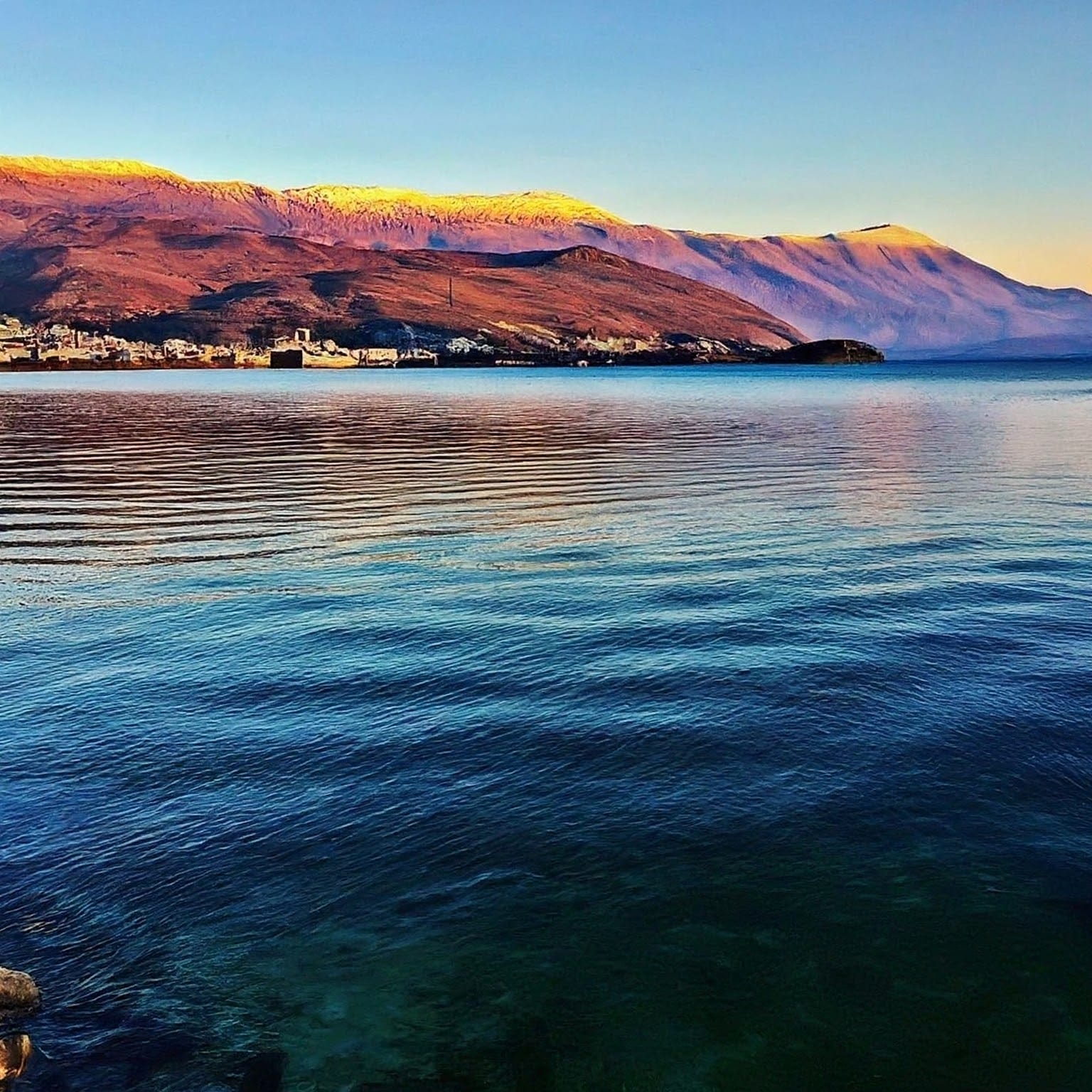Ohrid Lake Literature
Ohrid Lake, also known as Lake Ohrid or Lake Ochrid, is a stunning and ancient lake straddling the mountainous border between southwestern North Macedonia and eastern Albania. It holds the title of the deepest lake in the Balkans, reaching a depth of 288 meters (945 feet) and boasting a mean depth of 155 meters (509 feet).
Ohrid Lake is not just about its depth; it’s also one of Europe’s oldest lakes, estimated to be over 1.3 million years old. This long history combined with its unique freshwater ecosystem has led to its designation as a UNESCO World Heritage Site in 1979, recognizing its exceptional natural and cultural value.
Here are some key facts about Ohrid Lake:
- Area: 358 square kilometers (138 square miles)
- Length: 30.4 kilometers (18.9 miles)
- Width: 14.8 kilometers (9.2 miles)
- Shoreline: 87.53 kilometers (54.39 miles)
- Cities: Ohrid (North Macedonia), Struga (North Macedonia), Pogradec (Albania)
The lake is known for its:
- Unique biodiversity: Over 200 endemic species, meaning they are found nowhere else on Earth, call Ohrid Lake home. This includes fish, mollusks, and aquatic plants.
- Cultural significance: The surrounding area is rich in historical and cultural heritage, featuring ancient churches, monasteries, and archaeological sites.
- Scenic beauty: The lake is surrounded by mountains, creating a breathtaking backdrop for relaxation and exploration.
Ohrid Lake offers a variety of activities for visitors, including:
- Boat tours: Explore the lake and its many historical and cultural landmarks.
- Hiking and biking: Enjoy the stunning scenery of the surrounding mountains.
- Swimming and sunbathing: Relax on the shores of the lake and soak up the sun.
- Fishing: The lake is home to a variety of fish species, making it a popular spot for anglers.
Whether you’re interested in history, nature, or simply a relaxing getaway, Ohrid Lake is a beautiful and unique destination worth exploring.


